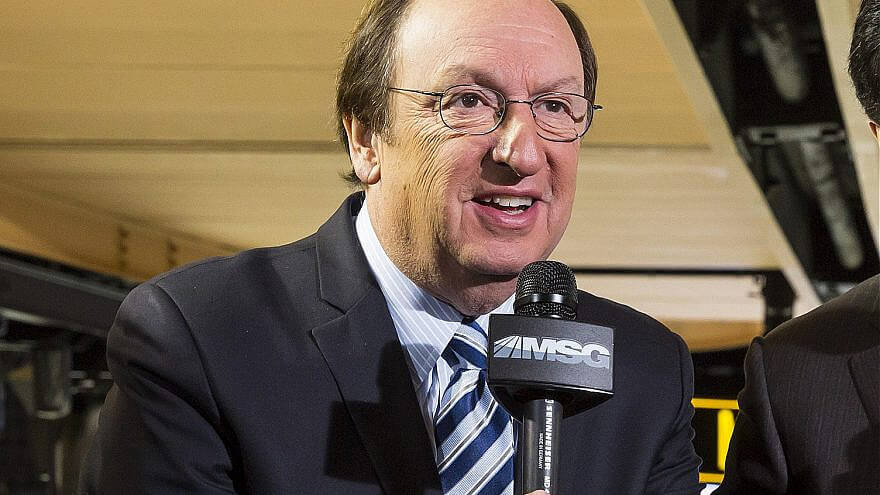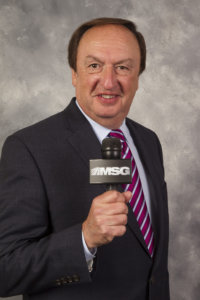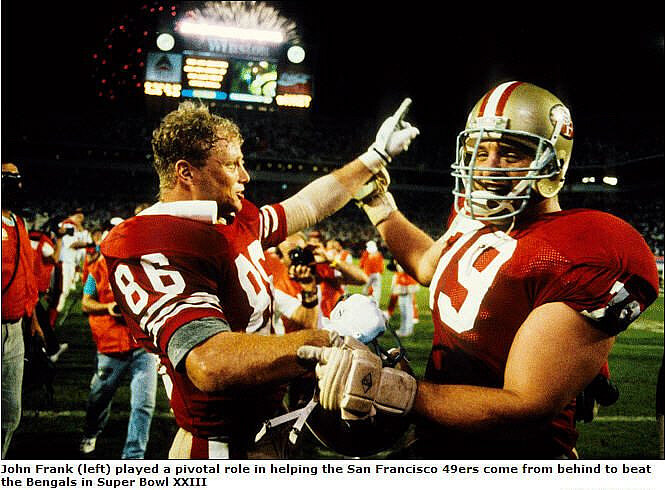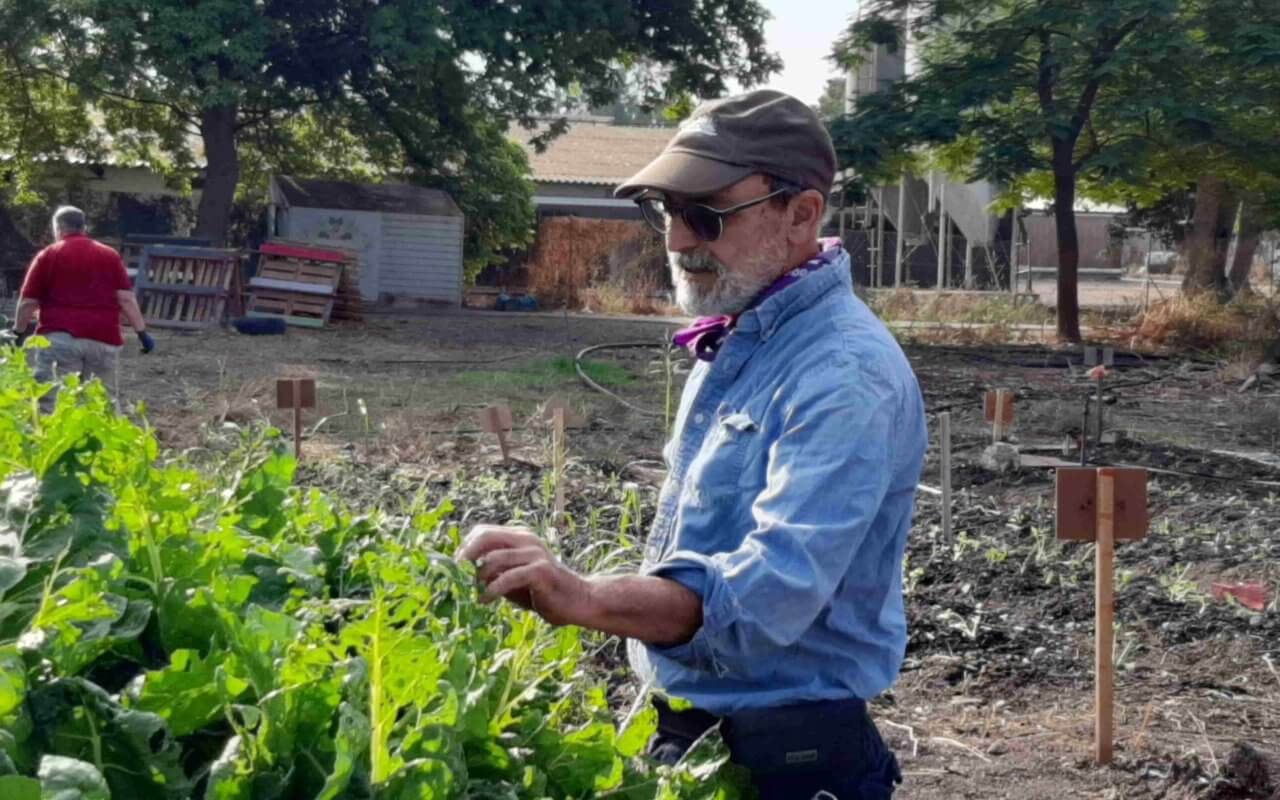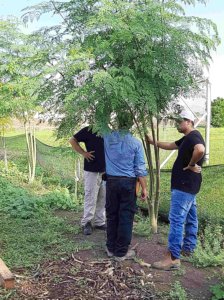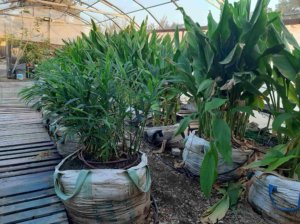Original Article Published On The Jerusalem Post
El Al has experienced a lot of growing pains and financial losses. But we need it.
Last week, as the missiles continued to land in Israel from Gaza, I sat bleary-eyed at Ben-Gurion Airport, waiting to board my 3 a.m. flight to Newark. At Gate D8 in an eerily quiet airport, I drew one step closer to clarifying my complicated lifelong relationship with El Al Airlines.
My love/hate relationship with El Al started in the late 70s with my childhood rabbi-led ZOA mission and bar mitzvah trip. This flight to Israel was also my first time flying anywhere. It was important to fly El Al, we were told over and over again, since they had “the best security.”
I flew El Al on my summer teen trip at age 16, and for my college year in Israel for the same reason – even if the food, customer service and entertainment console left a bit to be desired. I began to suspect there were other options. Tower, for example, flew to Israel from 1983 to 2000. People seemed willing to forgo El Al security to save a few bucks. Some college friends even flew as couriers – traveling without any luggage so they could carry packages for others. Those days are long gone. And Tower no longer exists – they declared bankruptcy and were liquidated. I stuck with El Al for years, though ticket prices seemed to also include a certain unique El Al experience and attitude that was not for the weak. Only on El Al fights would flight attendants scream at, then allow religious passengers to congregate at the back of the plane to pray in a minyan, or socialize with passengers – comparing notes about growing up in Holon or serving in the IDF “with your sister.”
As an adult, I made the switch to real airlines like United, Delta or American. How convenient to take a flight directly from Philadelphia to Tel Aviv on American!
While the many Birthright trips I have led meant flying on Israel’s national airline, I felt liberated flying these other airlines on pleasure trips. These airlines could also provide kosher meals, they had better entertainment consoles, frequent flyer programs that made sense and were fair, competitive prices, and they could keep haredi passengers in check – patiently and skillfully handling the occasional passenger who refused to be seated next to a woman.
In my recent first post-COVID flight to Israel, United Airlines was clean, flight attendants enforced mask rules for everyone, and they even boldly announced, “If anyone needs to daven during the flight, please do it in your seat sitting down; do not congregate at the back of the plane.”
Everyone listened.
I began to think it might be possible to never fly El Al again. Then, Operation Guardian of the Walls started.
Immediately, all of the other airlines suspended service to and from Israel. Who kept flying? El Al! At first, they outsmarted Hamas by flying into Ramon International Airport in Eilat, and busing passengers the 313 km (3½ hours) to Ben-Gurion Airport. Within days, they resumed service into and out of Ben-Gurion. El Al shuttled passengers to and from Newark and JFK, Tbilisi, Zagreb, Addis Ababa and the Seychelles.
For a week, they were one of the only airlines flying. My United flight was canceled twice. Loyal customers of Delta, United and American began to consider other options if they wanted to leave Israel. There was essentially only one option – El Al. As the bar mitzvah of my long-time students rapidly approached, even I jumped ship and got one of the last tickets on LY 25, El Al’s 3 a.m. flight on Wednesday morning.
As I waited for our 2:10 a.m. boarding time, it occurred to me just what makes El Al unique. El Al is the sabra of airlines. They are prickly on the outside – a bit rough with customers and not the best with customer service – but they have heart of gold, or at least a rich history and unwavering commitment to bringing Jews to and from the Promised Land.
They have been doing so since September 1948 when EL AL operated its maiden flight, bringing home Israel’s first president, Haim Weizmann, from a diplomatic visit to Geneva. In 1949, El Al participated in Operation Magic Carpet, bringing Jews of Yemen to Israel. In May 1960, EL Al transported the famous Nazi war criminal Adolph Eichmann from Buenos Aires to Jerusalem for the Eichmann Trial. During the 1973 Yom Kippur War, EL AL continued flying and assisted in airlifting military equipment.
In 1991, EL Al participated in Operation Solomon, transporting thousands of Jews from Ethiopia to Israel. Ever complained about lack of legroom on an EL AL flight? Remember that one of El Al’s flights from Ethiopia reportedly carried more than 1,088 people, including two babies who were born on the flight.
El Al has experienced a lot of growing pains and financial losses since then. But this past week taught me a valuable lesson. We need El Al. They have managed to stay in the air through tough times, and they might just be taking steps toward becoming a real airline.

